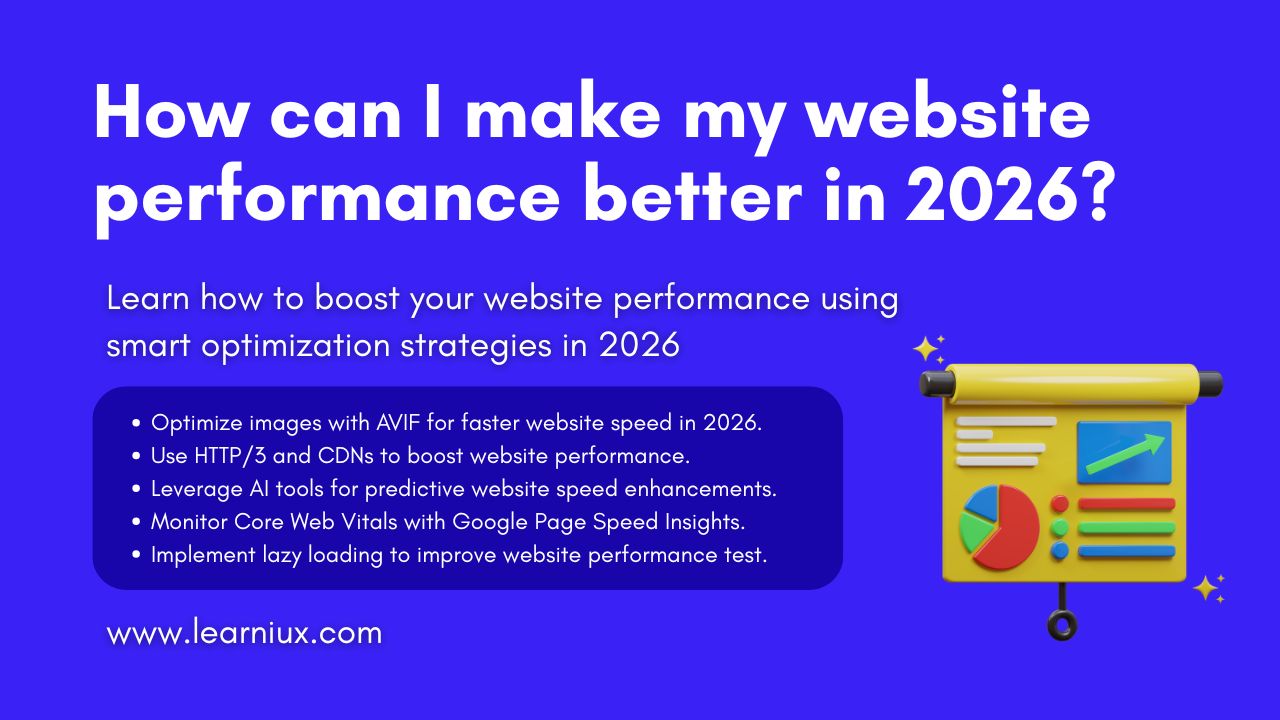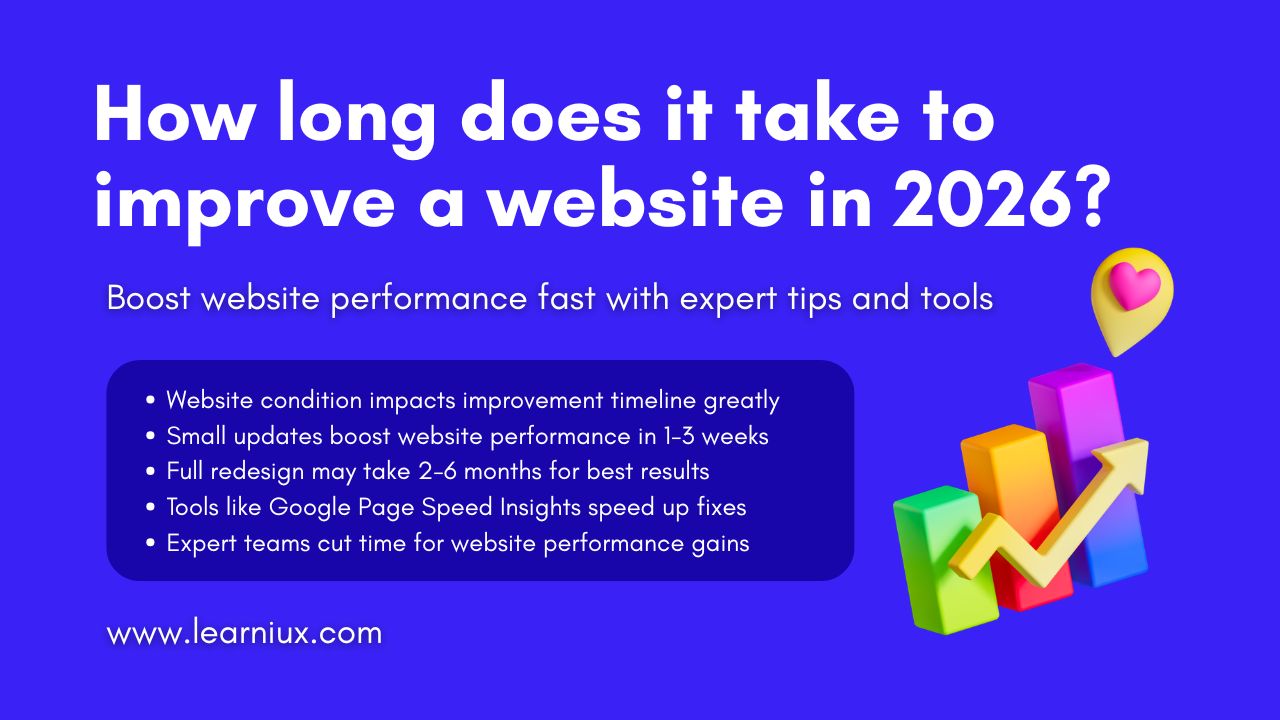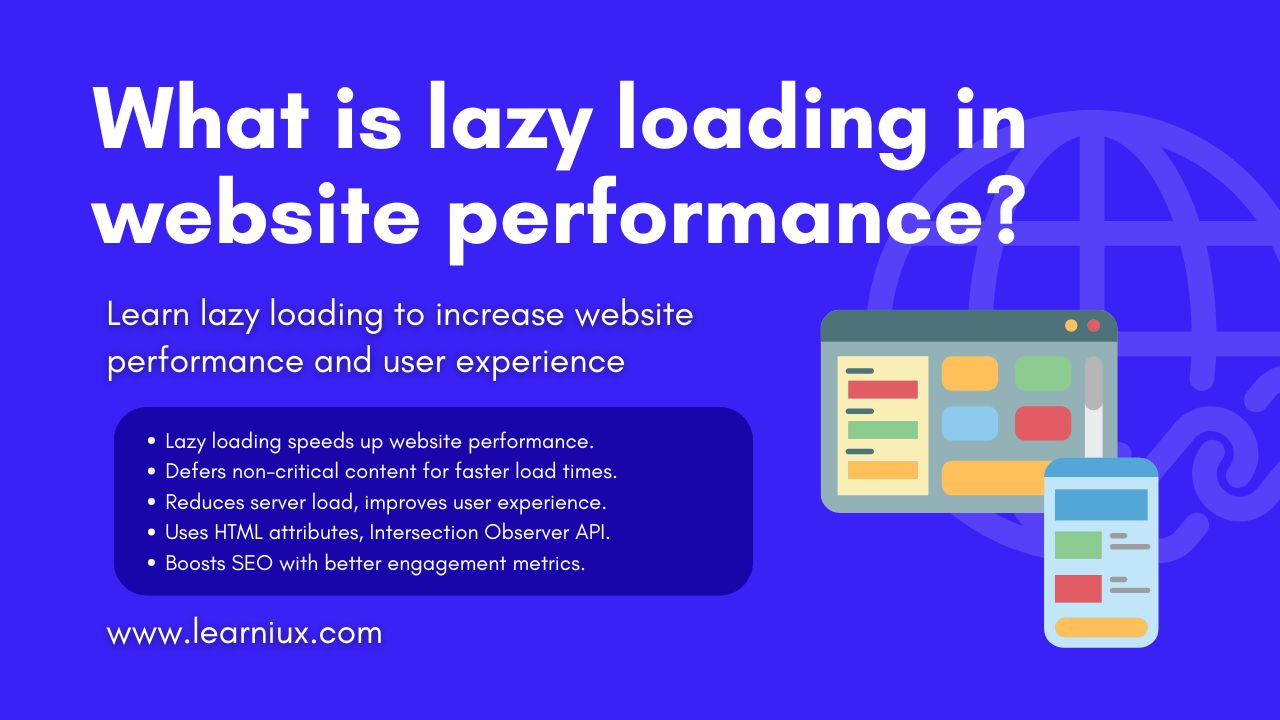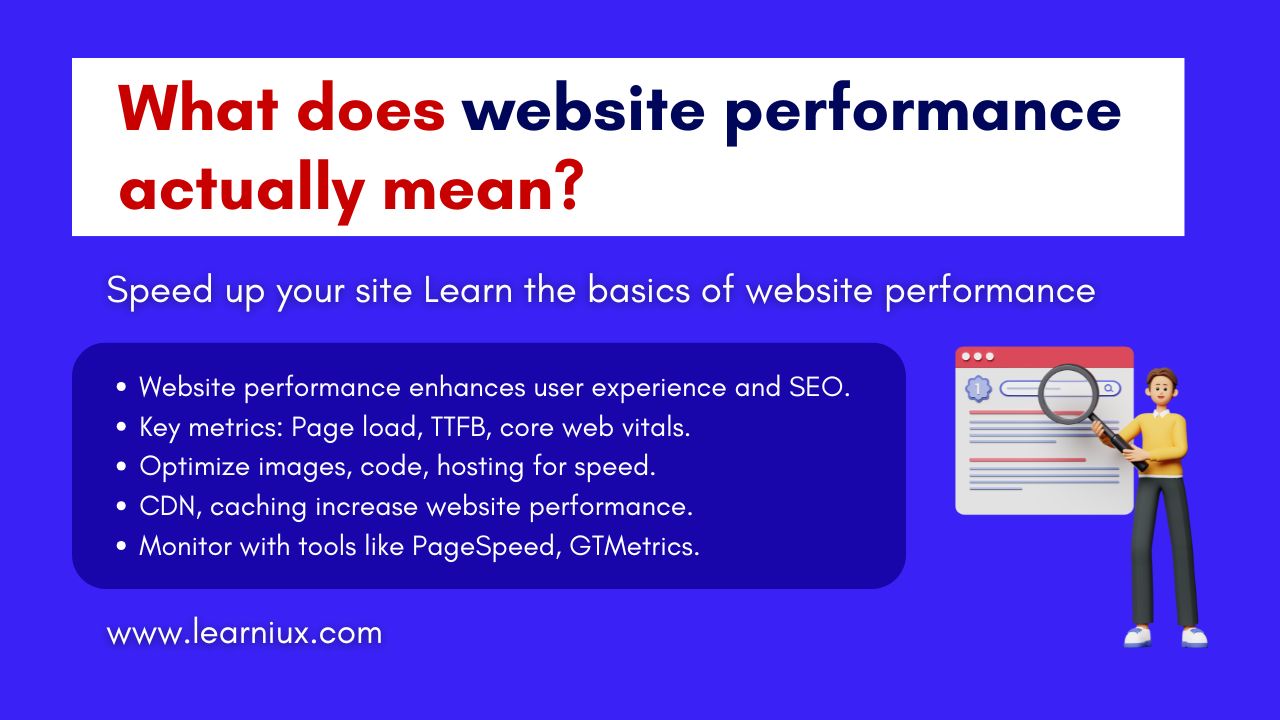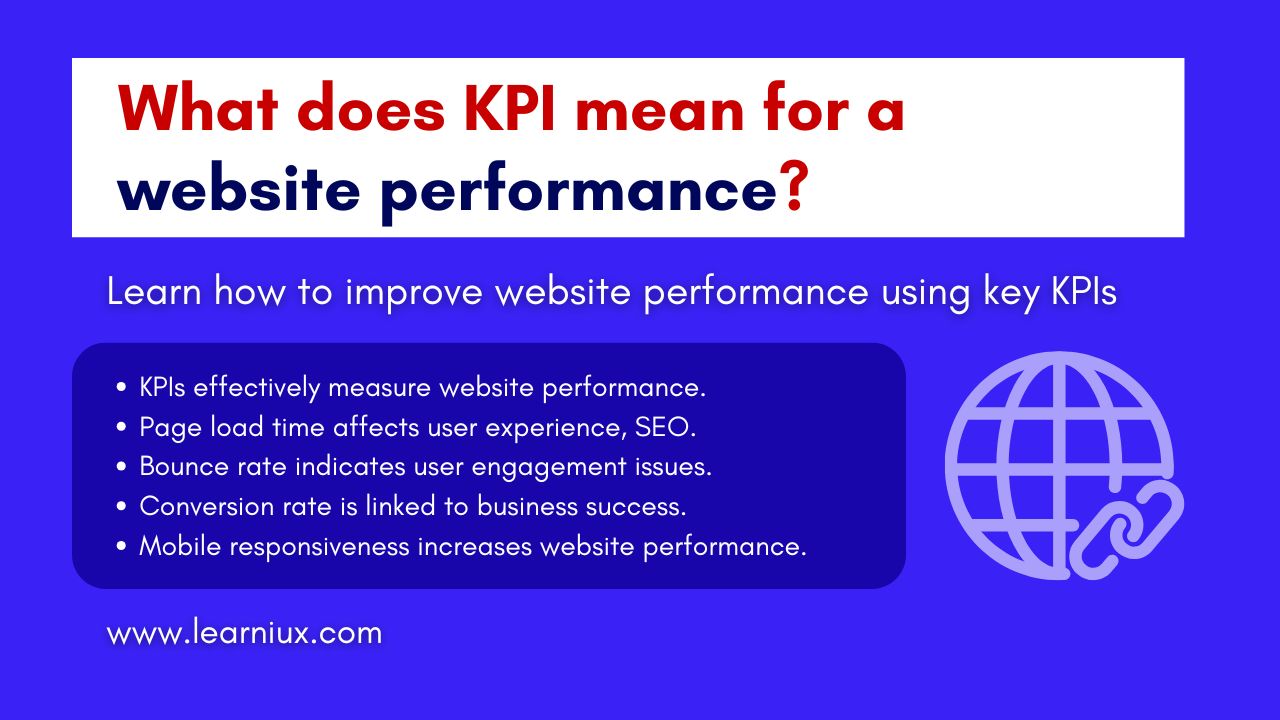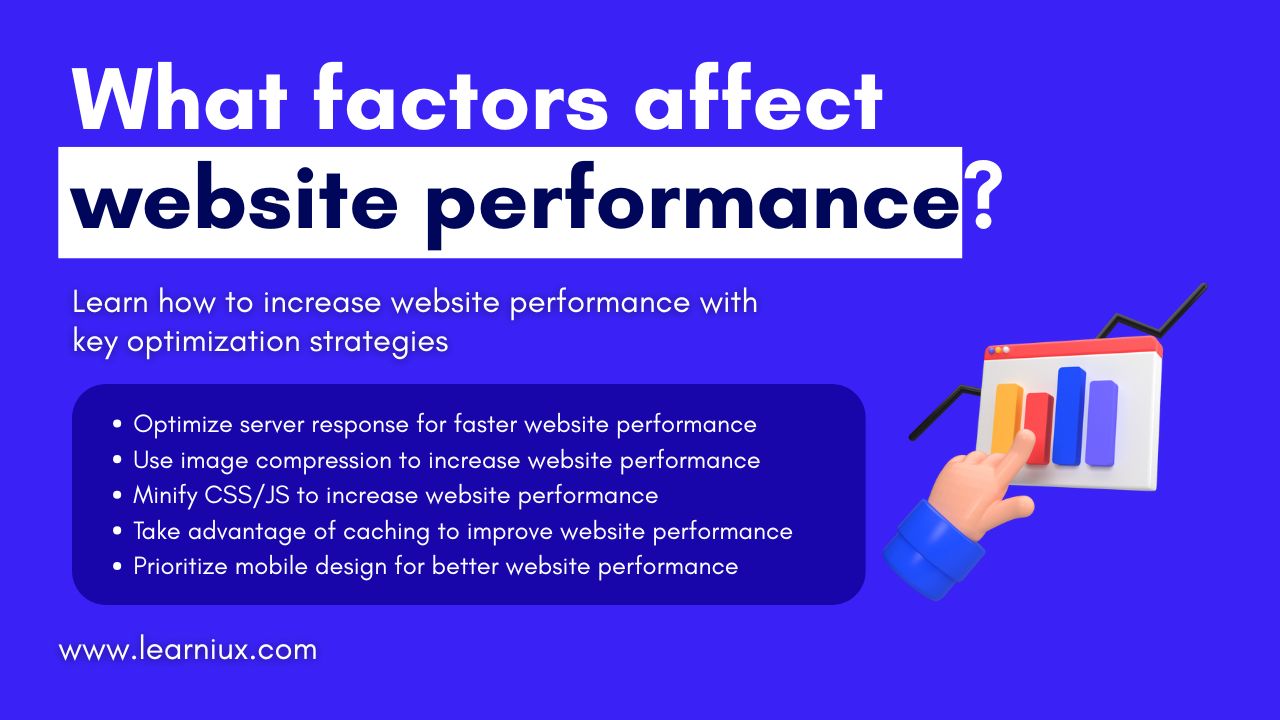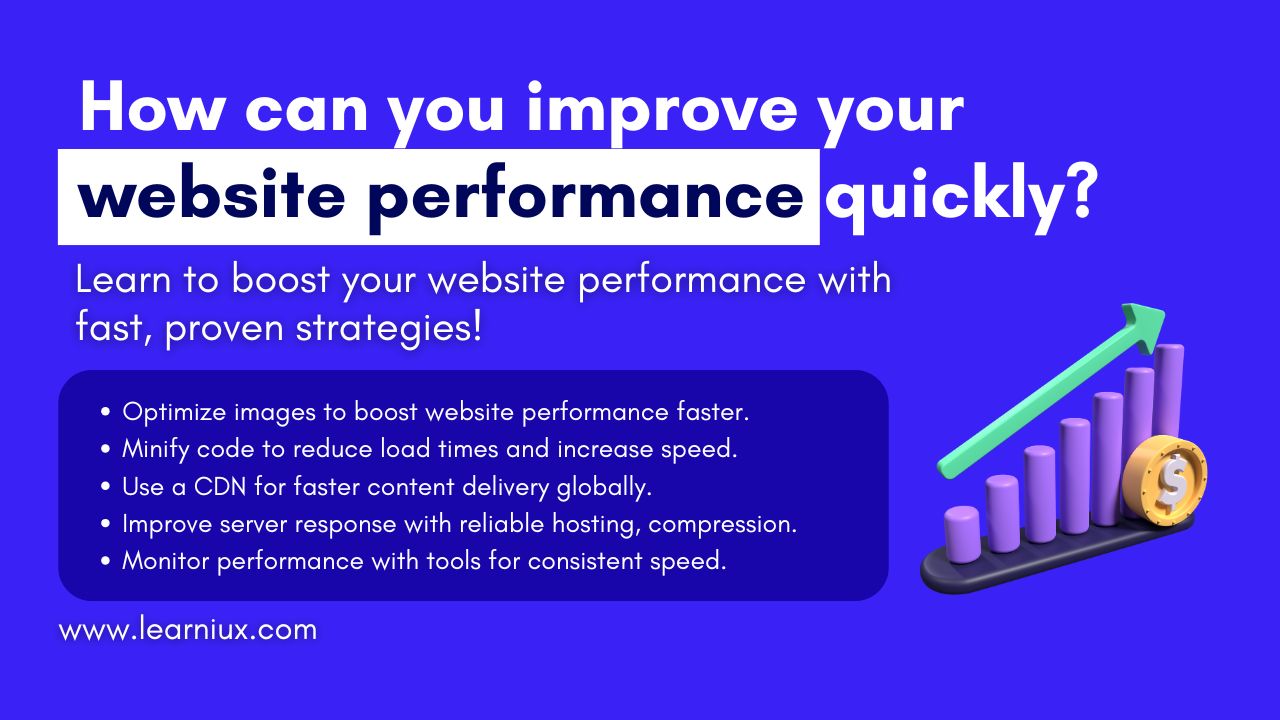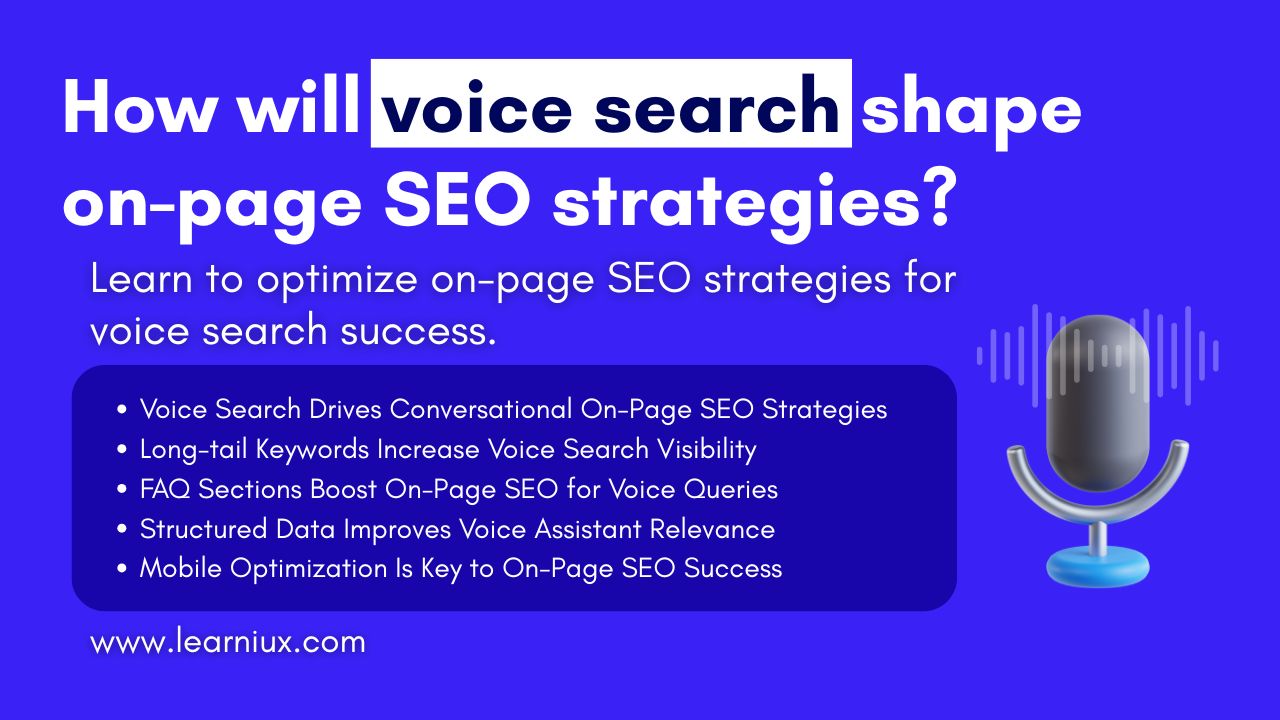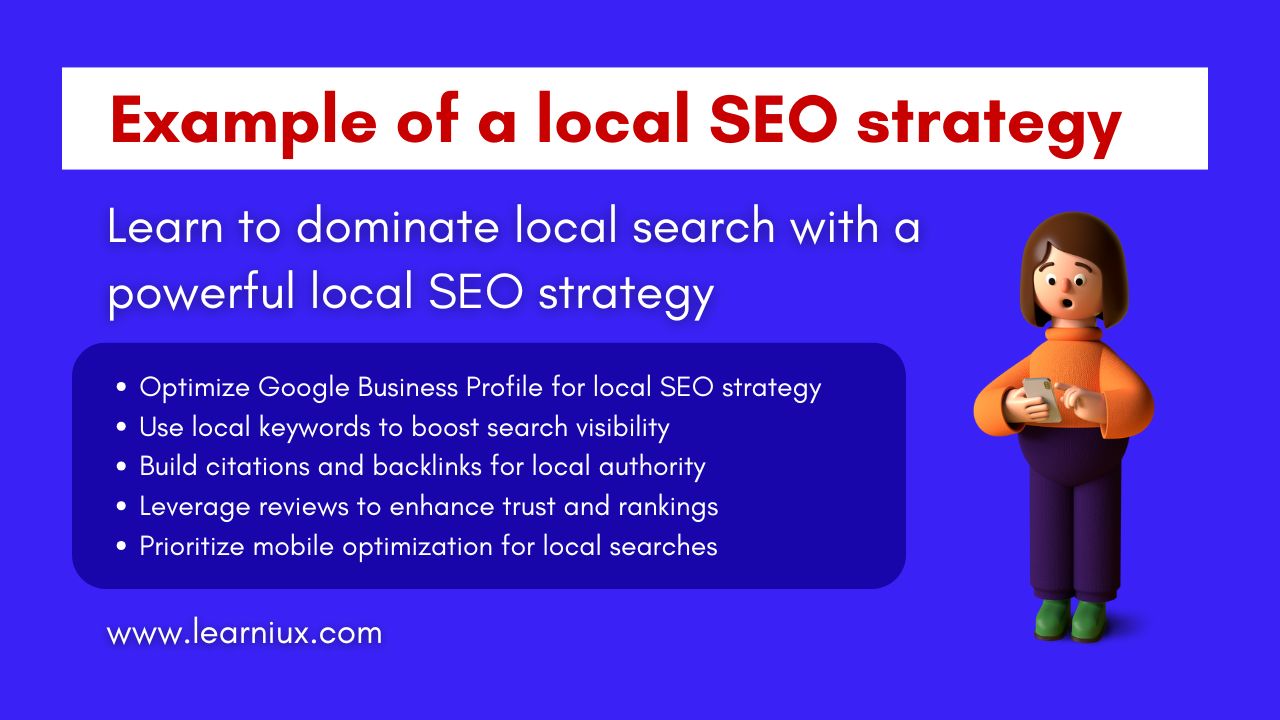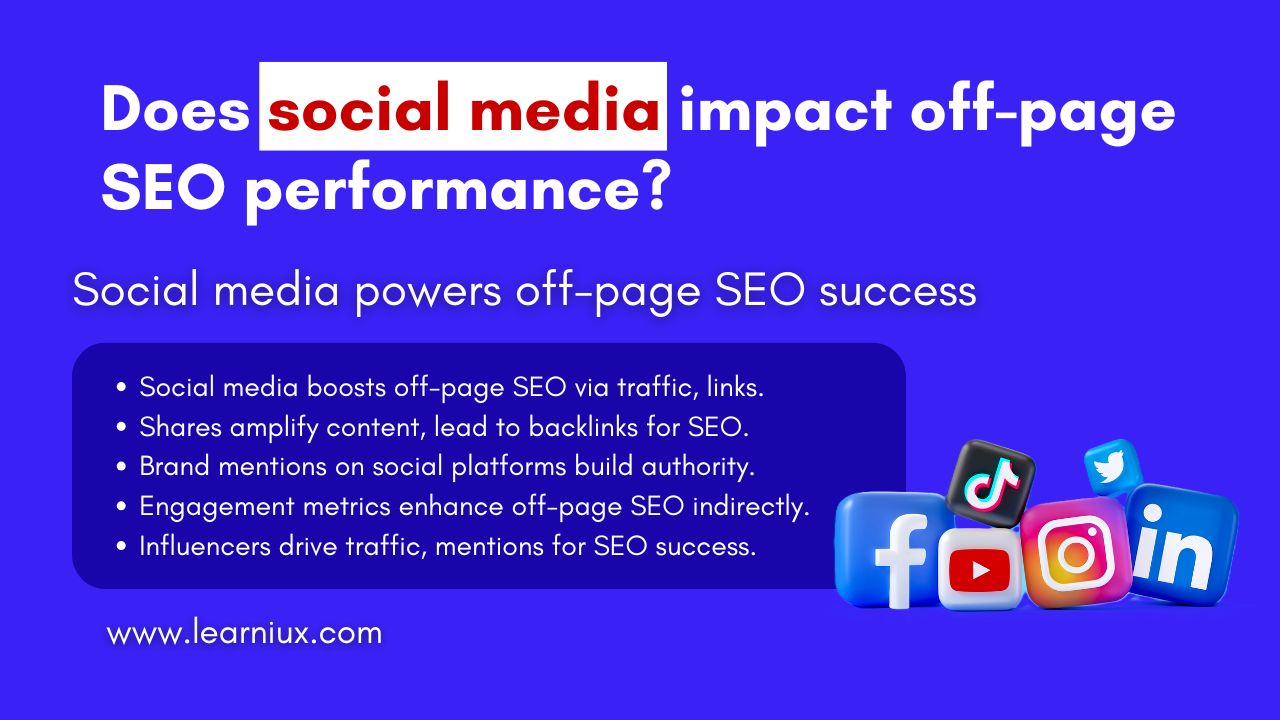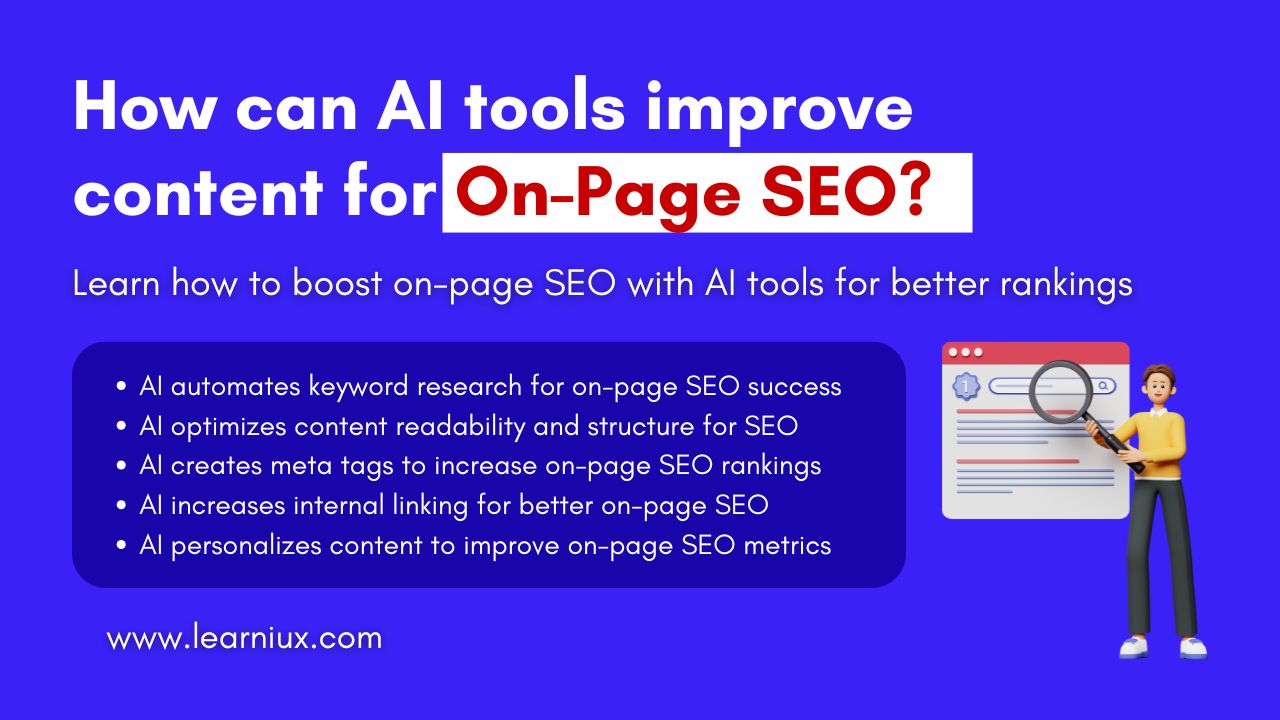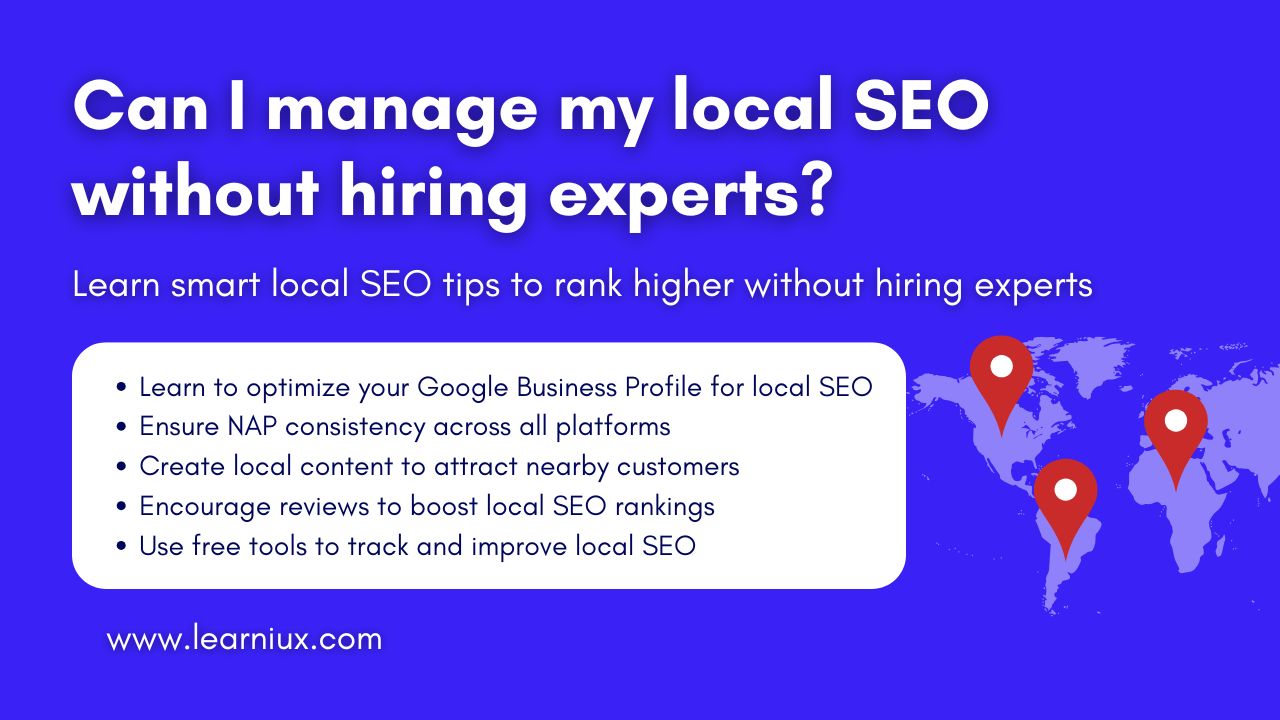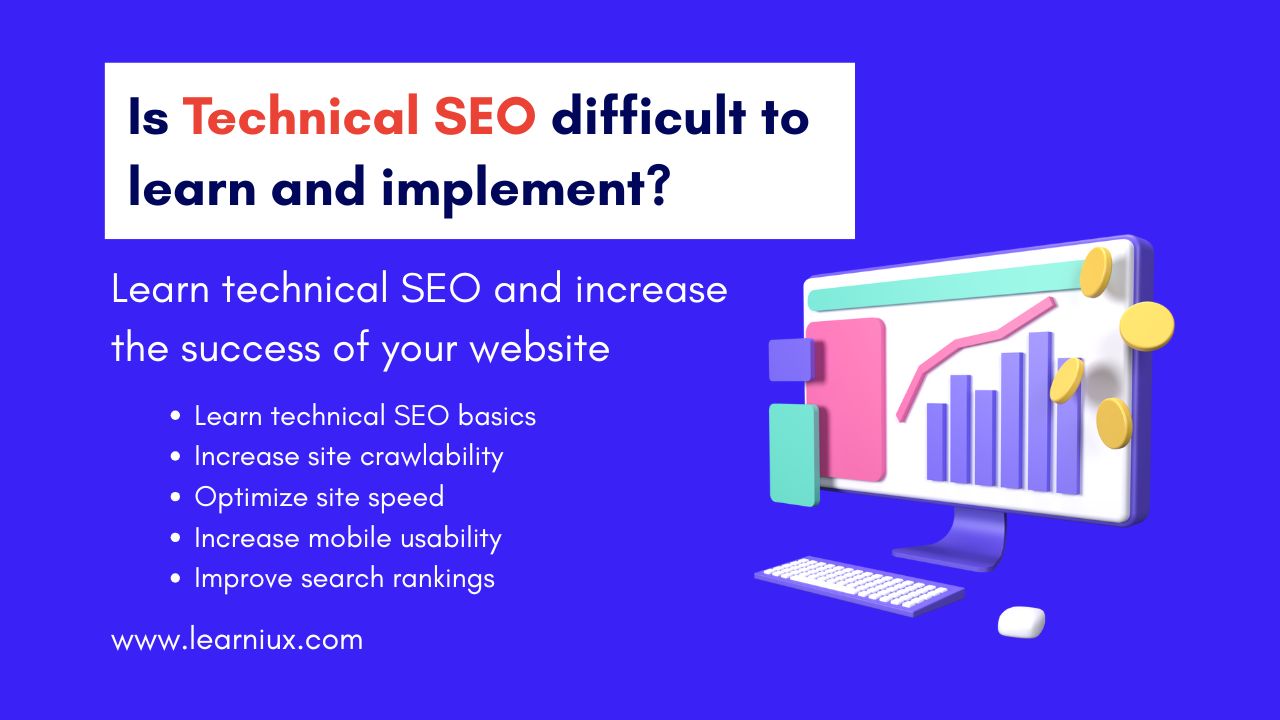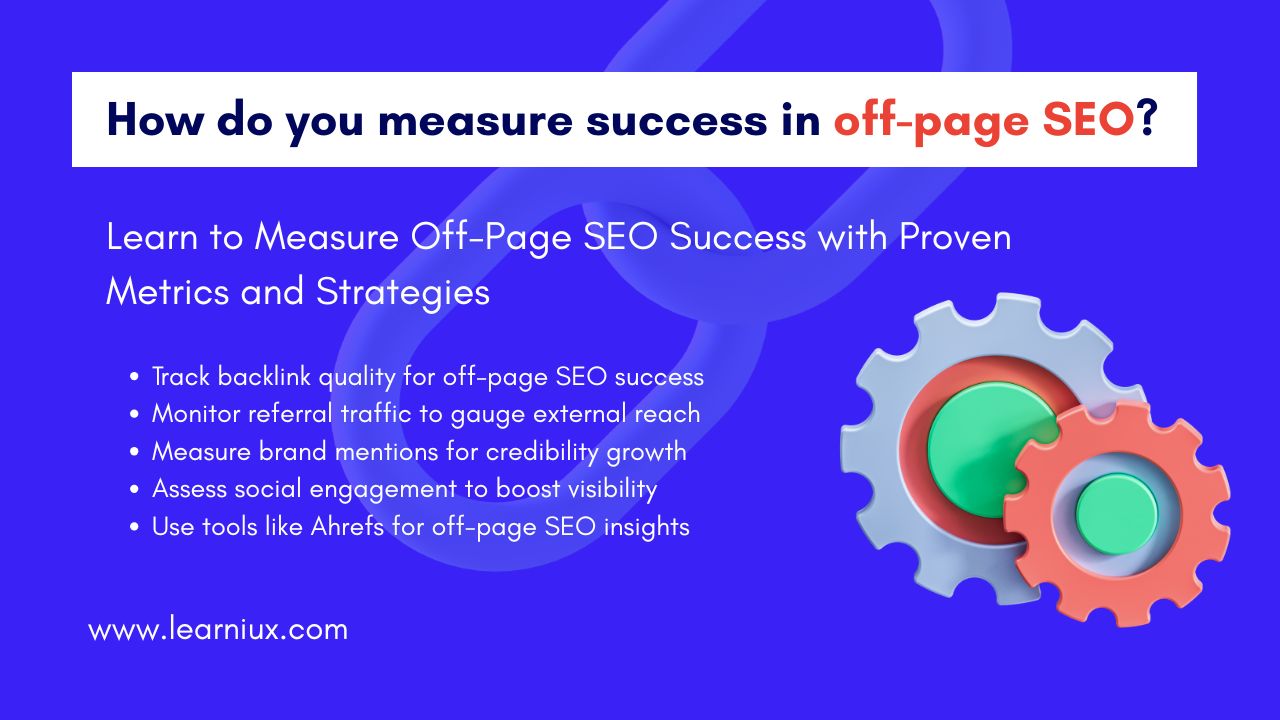In 2026, taking charge of your website’s SEO is a powerful strategy for driving website growth. As search engines like Google evolve to prioritize user experience, mobile optimization, and high-quality content, anyone with a dedication can master SEO. This comprehensive guide explores how to achieve website growth through DIY SEO, including Google Page Speed Insights, Pingdom Website Speed, and other website performance testing methods to ensure your site thrives in a competitive digital landscape.
Why SEO is Important for Website Growth
SEO, or Search Engine Optimization, is the foundation of online visibility. A well-optimized website attracts organic traffic, which is crucial for website growth. In 2026, search engines are emphasizing page speed, user intent, and website performance test results, making it essential to align your strategy with these priorities. By using tools like Google Website Speed Test and Website Speed Meter, you can ensure that your site meets modern standards, boost its rankings, and grow sustainable websites.
Benefits of Doing SEO Yourself
Doing SEO yourself in 2026 offers several benefits for website growth:
- Cost efficiency: Hiring an agency can be expensive. By using tools like Google Page Speed Checker or Pingdom PageSpeed Test, you can optimize your site at an affordable price.
- Strategy Control: Using tools like Website Site Checker to monitor progress, you decide how to align SEO with your brand.
- Skill Building: Learning to use web page performance testing tools and site speed testing platforms equips you with the skills for long-term website growth.
Key SEO Strategies for Website Growth in 2026
To achieve website growth in 2026, focus on these updated SEO strategies, which will include tools like Google Site Speed Test, Website Speed Report, and online website analytics.
Understand and Optimize User Intent
In 2026, search engines prioritize content that matches user intent. Use tools like Google Trends or AnswerThePublic to identify what your audience searches for, such as the Net Speed Test website or Network Speed Test website. Create content that answers these questions to drive traffic and support website growth.
How to Research User Intent
- Analyze search queries related to website speed test or internet site speed test.
- To ensure your content is loading fast, use Google Page Speed Insights to increase user satisfaction.
- Include keywords naturally in your content, such as check website speed and test website for speed.
Create High-Quality, Engaging Content
Content will remain the cornerstone of SEO in 2026. High-quality, informative content that includes keywords like website performance test and page speed test attracts and engages visitors. Write articles between 2000-3000 words that cover the topic thoroughly, boosting your website’s growth.
Tips for SEO-Friendly Content
- Naturally use keywords like Google website speed test, site performance test, and website speed in your text.
- Optimize for page speed using Google Web Speed Test tools, include visuals like infographics to increase engagement.
- Structure content with clear headings (H2, H3) and short paragraphs for readability.
Prioritize mobile optimization
With mobile searches dominating in 2026, a mobile-friendly website is a no-brainer for website growth. Tools like Google Site Speed Checker and Website Site Speed Test help ensure that your site performs well on mobile devices. Google’s mobile-first indexing prioritizes sites with faster page performance test results.
Steps for mobile optimization
- Use responsive design to adapt to all screen sizes.
- Test your site with Google Page Speed Analysis to identify mobile-specific issues.
- Optimize images for better site page speed test results and reduce server response times.
Take advantage of AI-powered SEO tools
AI tools like SurferSEO, Clearscope, or Frase will make SEO easier in 2026. These tools analyze competitors, check website performance, or suggest keywords like Google Speed Insights, and provide actionable insights for website growth. Use a website speed meter to monitor performance and improve strategies.
Build Quality Backlinks
Backlinks from authoritative sites increase your website’s credibility. In 2026, focus on getting backlinks through guest posts, collaborations, or shareable content. Tools like Ahrefs or SEMrush can help you identify opportunities for website checkers and internet site checkers to check for links.
Strategies for Backlink Building
- Create valuable content that others want to link to, such as a guide on testing website speed tests.
- Reach out to specific blogs for guest posting opportunities.
- Use website inspection site tools to monitor backlink quality.
Optimize website speed for better rankings
Website speed is a key ranking factor in 2026. Slow sites are driving users away, which hurts website growth. Use tools like Google Page Speed Insights, Pingdom Website Speed, and Website Speed Report to measure and improve site speed test performance.
How to Improve Website Speed
- Compress images to reduce load times as verified by testing webpage speed tools.
- Minify CSS and JavaScript files for faster page speed test results.
- Use a Content Delivery Network (CDN) to increase Google Page Speed Score.
Step-by-Step Guide to DIY SEO in 2026
Follow this detailed guide to achieve website growth through DIY SEO using tools like Google Website Page Speed Test and Website Speed Google.
Step 1: Conduct extensive keyword research
Identify keywords that drive traffic, such as website for speed test, internet speed website, and speed checking website. Tools like Ahrefs, SEMrush, or Google Keyword Planner can help you find low-competition keywords to target for website growth.
Keyword Research Tips
- Focus on long-tail keywords like Google webpage speed test or test speed Google site.
- Analyze competitors’ keywords using website analytics online tools.
- Include keywords naturally in titles, headers, and body text.
Step 2: Optimize on-page SEO elements
On-page SEO is crucial for website growth. Check web page performance and optimize title tags, meta descriptions, and headers with keywords like Google Site Speed Report.
On-Page Optimization Checklist
- Keep title tags under 60 characters, e.g., “Boost Website Growth with Google Page Speed Checker.”
- Write meta descriptions under 160 characters, including checking website page speed.
- Use H2 and H3 headings with keywords like website site speed and test website page speed.
Step 3: Increase Technical SEO
Technical SEO ensures that your site is crawlable and indexable. Use website testing site tools to check for issues like broken links or slow site performance test results.
Technical SEO Essentials
- Ensure HTTPS for security verified by Internet Site Checker.
- Improve site speed using Google Web Page Speed Insights recommendations.
- Fix crawl errors with Google Search Console to get a better look at site performance.
Step 4: Monitor and analyze performance
Track your SEO efforts with tools like Google Analytics, Google Search Console, and Pingdom PageSpeed Test. Monitor metrics like organic traffic, website speed test results, and keyword rankings to measure website growth.
Key metrics to track
- Organic traffic growth from keywords like Google Page Speed Test.
- Check bounce rate and user engagement with web performance tools.
- Keyword rankings for terms like Google’s Test Speed.
Common SEO Mistakes to Avoid in 2026
Avoid these pitfalls to ensure website growth:
- Keyword Stuffing: Overuse of keywords like website speed meter or Google Site Speed Checker harms readability.
- Ignoring Page Speed: Slow sites fail Page Speed Insights tests, which drives users away.
- Ignoring Updates: SEO trends evolve. Stay up to date with Google Page Speed analysis and algorithm changes.
Advanced SEO Techniques for 2026
To take your website growth to the next level, explore these advanced strategies:
Use Structured Data for Rich Snippets
Structured data helps search engines understand your content, improving visibility. Implement schema markup for articles, products, or FAQs using website performance testing tools to verify implementation.
Optimize for Voice Search
With voice search on the rise in 2026, optimize for conversational queries like “best internet speed test website” or “test web site speed.” Use natural language in your content to capture these searches.
Focus on E-E-A-T (Experience, Expertise, Authority, Trustworthiness)
Google’s E-E-A-T guidelines are important in 2026. Build trust by demonstrating expertise through detailed content, author bios, and credible backlinks. Use website monitoring tools to ensure your site maintains high rankings.
Leverage Video Content
Video content drives engagement and supports website growth. To reduce bounce rates and improve page performance test scores, host videos on your site that are optimized for web speed testing.
Tools to Support Your DIY SEO in 2026
Here are essential tools to enhance your SEO efforts and boost website growth:
- Google Page Speed Insights: Analyze page speed and get actionable recommendations.
- Pingdom Website Speed: Monitor website site speed test performance.
- Ahrefs: Perform keyword research and backlink analysis to check website speed.
- SEMrush: Track rankings and perform online website analytics.
- Google Search Console: Check website performance and crawl errors.
Case Study: Achieving Website Growth Using DIY SEO
Consider a small business owner in 2026 who used DIY SEO to boost their Net Speed Test website. By optimizing for Google Page Speed Test, creating high-quality content, and using website speed report tools, they increased organic traffic by 50% in six months. This case highlights the power of DIY SEO for website growth.
Conclusion
In 2026, doing your own SEO is a practical and effective way to boost website growth. By focusing on user intent, high-quality content, mobile optimization, and tools like Google Website Speed Test, Pingdom PageSpeed Test, and Google Web Page Speed Insights, you can achieve impressive results. Avoid common mistakes, stay up to date with trends, and use website performance testing tools to monitor progress. With dedication and the right strategies, your website growth will soar in 2026.
FAQs
Why should I learn SEO myself in 2026 to grow my website?
Learning SEO in 2026 enables you to grow your website without relying on expensive agencies. By mastering SEO, you gain control over strategies that increase organic traffic and visibility. Tools like Google Page Speed Insights and Pingdom Website Speed help optimize performance, which is important for rankings. You can create content based on user intent, ensuring your site meets search engine standards in 2026. SEO skills save money and build long-term expertise for your website growth. With AI tools like SurferSEO, even beginners can analyze competitors and improve strategies. Focusing on keywords like the Website Speed Test ensures relevance. Regular monitoring with Google Search Console tracks progress. Ultimately, DIY SEO in 2026 is a cost-effective way to achieve sustainable website growth.
What are the best tools for DIY SEO in 2026?
In 2026, several tools make DIY SEO easier for website growth. Google Page Speed Insights analyzes page speed and provides important optimization tips for user experience. Pingdom Website Speed provides detailed website speed reports to improve site performance test results. Ahrefs and SEMrush help with keyword research by targeting terms like Check Website Speed. Google Search Console monitors crawl errors and checks site performance metrics. AI-powered tools like ClearScope optimize content for keywords like Google Website Speed Test. Google Analytics tracks organic traffic and user behavior, supporting website growth. Answer The Public Net Speed Test identifies user intent for terms like Website. These tools make SEO easier, ensuring your website thrives in 2026.
How important is website speed for SEO in 2026?
Website speed is a key factor for SEO and website growth in 2026. Search engines prioritize fast-loading sites to enhance user experience, which directly impacts rankings. Tools like Google Site Speed Test and Website Speed Meter identify areas for improvement. Slow sites increase bounce rates, hurting website performance test scores. Optimizing images, minifying code, and using a CDN improve page speed test results. Google Page Speed Insights provides actionable insights to increase Google Page Speed Score. In 2026, mobile users dominate, making mobile-friendly speed optimization a necessity. Regular testing with web speed testing tools ensures consistent performance. Fast sites retain visitors, increase organic traffic, and support long-term website growth.
Can beginners without technical skills handle SEO in 2026?
Yes, beginners can tackle SEO in 2026 with the right tools and resources. Modern platforms like SurferSEO and Phrase make tasks like keyword research for terms like Test Website for Speed easy. Google Page Speed Checker offers easy-to-follow recommendations for non-technical users. Creating high-quality content with keywords like website speed can be achieved with basic writing skills. Tutorials on YouTube and blogs teach on-page SEO like meta description optimization. Google Search Console provides user-friendly insights to check website performance. Mobile optimization is easy with responsive templates. Beginners can learn SEO gradually by using tools to monitor websites and drive growth. In 2026, SEO is available to anyone who is willing to learn.
How do I optimize my website for mobile users in 2026?
Mobile optimization is key to the growth of websites in 2026 due to Google’s mobile-first indexing. Use responsive design to ensure your site adapts to all devices, improve site page speed test results. Tools like Google Website Page Speed Test identify mobile-specific issues. Optimize images to increase Google Site Speed Test scores and reduce server response times. Test your site with website site speed test tools to ensure fast loading. Google Page Speed Insights provides mobile optimization recommendations. Make navigation easier for touchscreens to enhance the user experience. Monitor performance with Check Website Speed Google tools. In 2026, mobile-friendly sites rank higher, drive more traffic, and support website growth.
What role does content play in SEO for 2026?
Content is the backbone of SEO in 2026, driving website growth through engagement and relevance. High-quality, original content targeting keywords like Page Performance Test attracts organic traffic. Articles of 2000-3000 words, optimized with Google Page Speed Analysis, rank well. Structuring content with H2 and H3 headings improves readability and SEO. Tools like ClearScope ensure alignment with user intent for terms like Internet Site Speed Test. Including visuals optimized for page speed increases engagement. Regular updates keep content relevant to 2026 algorithm changes. Content that answers user questions builds authority, boosting rankings. Ultimately, great content drives sustainable website growth.
How can I build backlinks for my website in 2026?
Building backlinks in 2026 is essential for website growth and credibility. Create shareable content like guides on testing webpage speed to naturally attract links. Guest posting on specific blogs yields high-quality backlinks verified by website site checker tools. Collaborate with industry influencers to get links from reputable sites. Use Ahrefs to identify backlink opportunities for keywords like check web page performance. Avoid low-quality links, as they damage Google Site Speed Report credibility. Monitor backlinks with website analytics online tools to ensure quality. In 2026, ethical link-building increases domain authority, supporting website growth. Consistent efforts provide long-term SEO benefits.
What are the common SEO mistakes to avoid in 2026?
In 2026, avoiding SEO mistakes is extremely important for website growth. Keyword stuffing, like website speed report, hurts readability and rankings. Ignoring page speed, which can be measured by Google Page Speed Test, turns users away. Ignoring mobile optimization causes Google website site speed test standards to fail. Outdated content misaligns with the 2026 algorithm update, which reduces relevancy. Poor technical SEO, such as broken links, hurts website page speed results. Not using tools like Google Search Console to monitor websites misses out on important insights. Ignoring user intent for terms like speed checking websites reduces engagement. Avoiding these pitfalls ensures steady website growth.
How do I measure SEO success for my website in 2026?
Tracking key metrics for website growth is essential to measuring SEO success in 2026. Google Analytics tests organic traffic from keywords like Google Site Speed. Google Search Console tracks rankings and checks for site performance issues. Tools like Pingdom PageSpeed Test measure site speed test results. Monitor bounce rate and user engagement with Check Web Performance tools. Track backlink growth using website testing site platforms like Ahrefs. Evaluate keyword performance for terms like Google Webpage Speed Test. Regular website speed tests ensure optimal performance. In 2026, consistent monitoring drives data-driven SEO improvements, boosting website growth.
How AI tools help DIY SEO in 2026?
How AI tools are revolutionizing DIY SEO in 2026, simplifying tasks for website growth. Platforms like SurferSEO and Phrase analyze competitors for keywords like best internet speed test website. They suggest content optimizations, improve Google Page Speed Insights alignment. AI tools identify user intent for terms like test website page speed, increasing relevance. They provide data-driven insights for on-page SEO like meta descriptions. Tools like ClearScope streamline content creation for page speed test keywords. AI-powered analytics track website performance test results. In 2026, these tools make SEO easy, helping beginners achieve professional results. They save time and effectively boost website growth.
How can I effectively use Google Page Speed Insights for SEO in 2026?
Google Page Speed Insights is a key tool for boosting website growth in 2026. It analyzes your site’s performance, providing a score for page speed and actionable recommendations. By addressing issues like slow loading times or unoptimized images, you can improve your Google Page Speed test results. This tool highlights mobile and desktop performance that is important for mobile-first indexing in 2026. Use its suggestions to increase website speed test metrics, reduce bounce rates. Check your Google Page Speed analysis regularly to ensure consistent improvement. Optimizing for page performance test scores enhances user experience and rankings. In 2026, using this tool ensures that your site meets search engine standards, leading to sustainable website growth.
What is the role of voice search optimization in 2026 SEO?
Voice search optimization is key to website growth in 2026 as voice assistants dominate. Optimize for conversational queries like “best internet speed test website” or “test website speed test”. Use natural language in content to match user intent, which increases website speed rankings. Tools like AnswerThePublic help identify voice search keywords. Ensure fast site speed test results as voice users expect fast responses. Structured data increases visibility in voice search results, supporting web page performance testing goals. Optimize for local SEO, as many voice searches are location-based. In 2026, voice search optimization increases traffic, contributing to website growth.
How do I optimize meta descriptions for SEO in 2026?
Optimizing meta descriptions is key to website growth in 2026. Keep it under 160 characters with keywords like website speed or check web performance. Create compelling descriptions that align with user intent for Google Website Speed Test. Use tools like Yoast SEO to preview meta descriptions. Make sure each page has a unique description to avoid duplication penalties. Include action-oriented language to increase engagement, support page speed test goals. Update meta descriptions regularly to reflect 2026 trends. Test performance with Google Search Console to check website page speed insights. Optimized meta descriptions improve click-through rates, boost website growth.
Why is E-E-A-T important for SEO in 2026?
E-E-A-T (Experience, Expertise, Authority, Trustworthiness) is important for website growth in 2026. Google favors sites that demonstrate these qualities, especially for website performance testing content. Show expertise through detailed articles on Google Site Speed Test topics. Include an author bio to establish credibility. Get backlinks from reputable sites verified by Website Checker to increase website authority. Use HTTPS and transparent policies to build trust. Update content regularly to match the 2026 algorithm. Monitor online website analytics to ensure E-E-A-T compliance. Strong E-E-A-T signals improve rankings, drive organic traffic, and website growth.
How can I use video content for SEO in 2026?
Video content is a powerful SEO tool for website growth in 2026. Create engaging videos hosted on your site, optimized for page speed, to reduce bounce rates. Use keywords like test webpage speed in video titles and descriptions. Optimize video files for website speed report performance, ensuring fast loading. Include transcripts with keywords like Google Page Speed Checker to increase accessibility. Embed videos in blog posts to support site performance monitoring, increase dwell time. Promote videos on social platforms to get backlinks. Use Google Analytics to track engagement. In 2026, videos enhance user experience, increase website growth.
How do I do keyword research for SEO in 2026?
Keyword research is essential for website growth in 2026. Use tools like Ahrefs or SEMrush to find low-competition keywords like net speed test website. Target long-tail keywords like test speed google site for better ranking opportunities. Analyze competitor keywords with online website analytics tools. Focus on user intent, include terms like website speed google. Use Google Trends to identify trending topics in 2026. Test keyword performance with Google Search Console for website performance testing insights. Update your keyword strategy regularly to stay relevant. Effective keyword research drives targeted traffic, driving website growth.
What impact will technical SEO have on website growth in 2026?
Technical SEO is fundamental to website growth in 2026. Ensure your site is crawlable with tools like Google Search Console, fix errors that affect website performance testing. Use HTTPS for security, verified by Internet Site Checker. Optimize site page speed test results with Google Page Speed Insights recommendations. Fix broken links to improve user experience and rankings. Implement structured data for rich snippets, increase web page performance test visibility. Ensure mobile-friendliness for mobile-first indexing in 2026. Regularly monitor website testing site tools for issues. Strong technical SEO increases crawlability, supports continuous website growth.
How can I improve user experience for SEO in 2026?
Improving user experience (UX) is critical for website growth in 2026. Optimize page speed with Google Site Speed Checker to reduce bounce rates. Ensure intuitive navigation for easy access to content like websites for speed tests. Create a mobile-friendly design tested with Google Website Page Speed Test. Use clear CTAs to guide users, support web page performance checks. Optimize content for readability with keywords like Site Performance Test. Include optimized visuals for web speed testing to engage users. Monitor UX with Google Analytics for check page performance insights. In 2026, great UX drives rankings and website growth.
How do I stay up to date with SEO trends in 2026?
Staying up to date with SEO trends is crucial for website growth in 2026. Follow blogs like Search Engine Journal for insights on Google Page Speed Analysis. Join SEO communities on X for real-time updates on website speed test trends. Attend webinars or conferences that focus on SEO strategies for 2026. Use tools like Google Search Console to monitor algorithmic impacts on website speed testing. Subscribe to Ahrefs or Moz newsletters for website testing tips. Experiment with new tools like Pingdom PageSpeed Test for performance insights. Regularly review Google Speed Insights updates. Staying informed will help your website grow with your SEO strategies.
Can Local SEO help my website grow in 2026?
Local SEO is a powerful driver of website growth in 2026, especially for businesses targeting specific regions. Optimize your Google Business Profile with keywords like internet speed website. Create location-specific content by including test website page speed. Get verified local backlinks through website inspection site tools. Ensure consistent NAP (name, address, phone) in directories. Optimize for mobile as local search relies on Google Site Speed Test performance. Use Google Analytics to track local traffic to check web performance insights. Encourage customer reviews to build trust. In 2026, local SEO increases targeted traffic, which helps website growth.





















